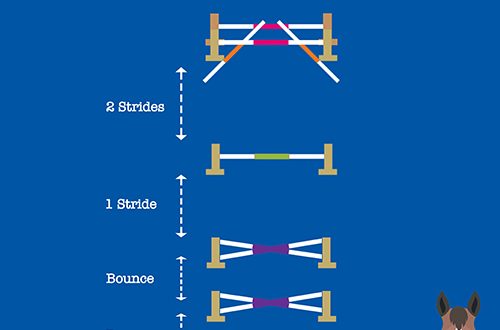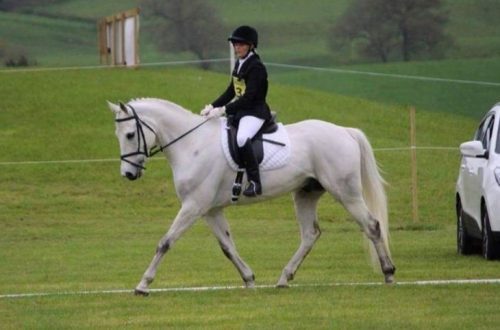
Holidays with a horse
Holidays with a horse
Like many equestrians, my husband and I dreamed of our own stable in the country and the opportunity to spend the summer with horses. We were prompted to take action by the sharply changed for the worse conditions of standing.
And so, in mid-May, a light open stable for 2 heads was ready with access to a 20×25 levada. Grazing was planned in a shepherd in a nearby field.
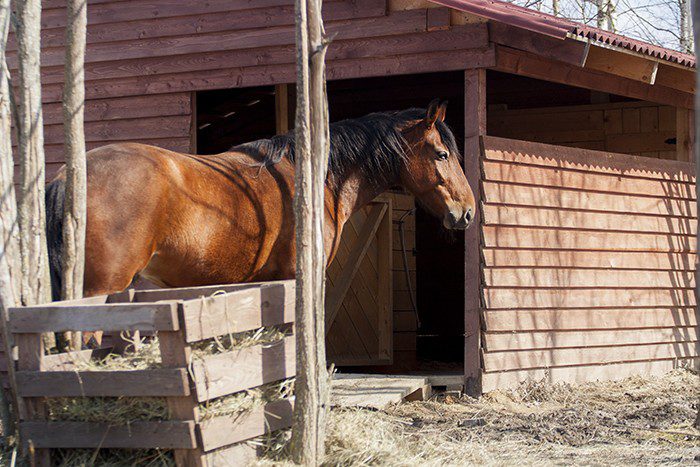
We needed sawdust and hay.
Local sawmills were ready to give sawdust free of charge in any quantity, but it was just sawdust – small, dusty with pieces of bark. And I wanted shavings. In the end, she was found, and, having agreed with the car, we ordered Kamaz.
The hay was worse. Calling ads, I came across the fact that most suppliers of hay run out by mid-May. And those who, who still have stocks, do not want to carry a small batch.
They began to question the locals. Those mostly ordered rolls and readily shared the contacts of the sellers. Having traveled around the farms, having looked at the rolls, we refused them – the quality of the hay was below average. I wanted green, fragrant bales.
The rabbit breeders helped us out by giving us the contacts of a local farmer. He had bales of decent quality, plus the opportunity to choose each bale, there was an acceptable price and inexpensive delivery. Overjoyed, I climbed through the huge hay storage, pulled hay from the middle of each bale and set aside suitable ones. I must say, about a third were suitable. The rest were either rotten or consisted of characteristic small, yellow-green thin grass, which horses, as a rule, do not eat.
We put a ton of hay brought home on pallets and covered it with a film. By the time the horses arrived, everything was ready.
Having brought horses, we went to the local veterinary station. And although they had no experience with horses, registration took literally 10 minutes. A few days later, a local doctor came to see us, made sure we had horses, and that was the end of the formalities.
Initially, we planned to stick to the standard stable schedule. Breakfast-lunch-dinner according to the schedule, daylight hours – walking in the field or levada, night rest – in stalls. However, the presence of two children, work and a lot of things, and the wishes of the horses themselves made their own adjustments – I realized that I need a stable that requires minimal body movements to care for it. Everything had to work by itself.
Watching horses, I realized that they prefer to sleep and rest not for 8 hours in a row, but in small portions throughout the day. The horses really liked the open stable, and in the heat they themselves went into the stalls, going out into the street every half an hour or an hour to make a circle or two along the levada and warm up. The horses spent the night much more willingly in the open air, and during thunderstorms and downpours, they left the stable, exposing their sides to the whipping rain. It was decided to abandon any mode, leaving the stalls permanently open.
One of the fundamental issues for me when choosing a place for a horse was the distribution of hay in levadas. And, of course, at home I wanted the horses to get enough of it. On the day of arrival, we put 2 bales in the stalls and the same amount in the levada. Three days later, we spent a lot of time and effort, taking out trampled into the ground, mixed with sawdust and prescribed hay. They gave less. However, the horses seem to have preferred to sleep on it, especially in the levada. Sleep first, write later. Undrying stinking puddles formed under the hay, and the levada began to smell. It was difficult to remove layers of hay trampled into the mud, through and through wet. And we made feeders. Now the horses pulled hay out of the feeders, slept on it all night, relieved themselves in the morning, and finally trampled down. The problem was solved by reptukhs from a fine-meshed (4×4) mesh, suspended low above the ground. We periodically sprinkled puddles in the levada with sand – it removed the smell of urine.
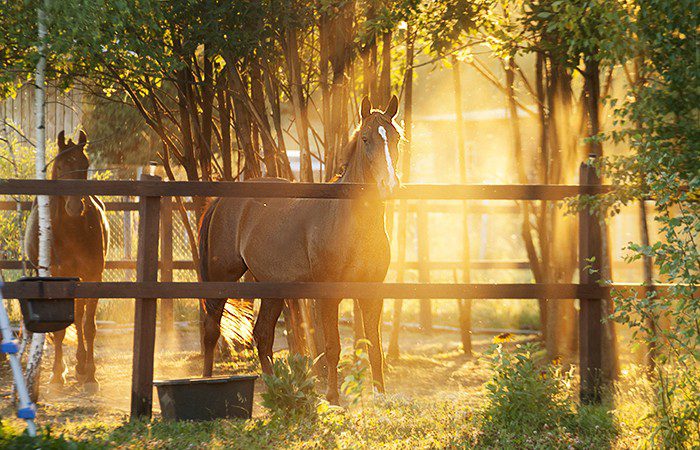
In the meantime, it became clear that hay could not lie under the film for a long time. During thunderstorms, the film was torn off, the hay was wet, and then it began to rot. What did not rot burned out in the sun under the film to the state of dry, brittle straw.
A hay was built.
In August, we ordered hay from a new cut – we were glad that we took fresh, straight from the field. The bales arrived green, fragrant, without a single speck of dust. And heavy. Very heavy. “Finally,” we rejoiced, “the real declared 20 kg in a bale, and not the usual 12-15! The joy was short-lived – after about a week, the hay began to rapidly mold from the inside. The bales literally before our eyes turned into black, tightly compressed layers of mold, which literally took off in a cloud of dust, as soon as the bale was touched. At first, in desperation, we tried to save the hay – we opened the bales and laid them out to dry in the sun. But the first rain ruined our rescue operation in the bud, and all our fresh hay crop had to be thrown away.
Now I try to buy hay that is stored in rolls and baled just before shipping. I buy hay in the spring so that it is enough until September, since it is almost impossible to find good hay in June-August.
Separately, you need to talk about beating and cleaning. It was the beats that I was most afraid of – before moving, I never I didn’t beat off the stalls myself, and I seriously feared that I would not have enough strength and qualifications. Practice has shown that keeping 2 heads clean is not difficult. Daily cleaning in the stalls and levade, as well as minor related activities (wash the drinkers, bring hay, clean the feeders, etc.) take about 2 hours a day. Thus, on average, about an hour a day is spent on servicing one horse.
I put manure and sawdust in bags and distribute it to my neighbors.
I will also give some experimentally obtained figures.
Kamaz sawdust (8-10) cubes is enough for an average of 2,5-3 months.
Hay consumption from mid-May to mid-September with grazing (the whole day, and in the heat – the whole night) was about 3 kg per day per horse (they never ate again).
I pour water onto the pasture in a 200-liter barrel (enough for a couple of days in the heat). In cloudy, rainy weather, horses in the presence of grass hardly drink.
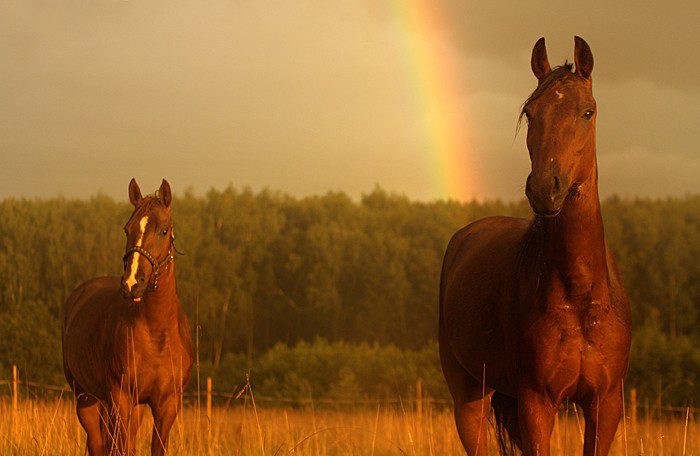
In conclusion, I will say that the horses are at home change a lot. They become real members of the family, actively participating in her life. This is a completely different level of communication and relationship with the horse, bringing a lot of joy to both people and horses.
Evgenia Makarochkina (Iurumi)
 cheap 4 March 2017 city
cheap 4 March 2017 cityThank you for the interesting and detailed description)))




